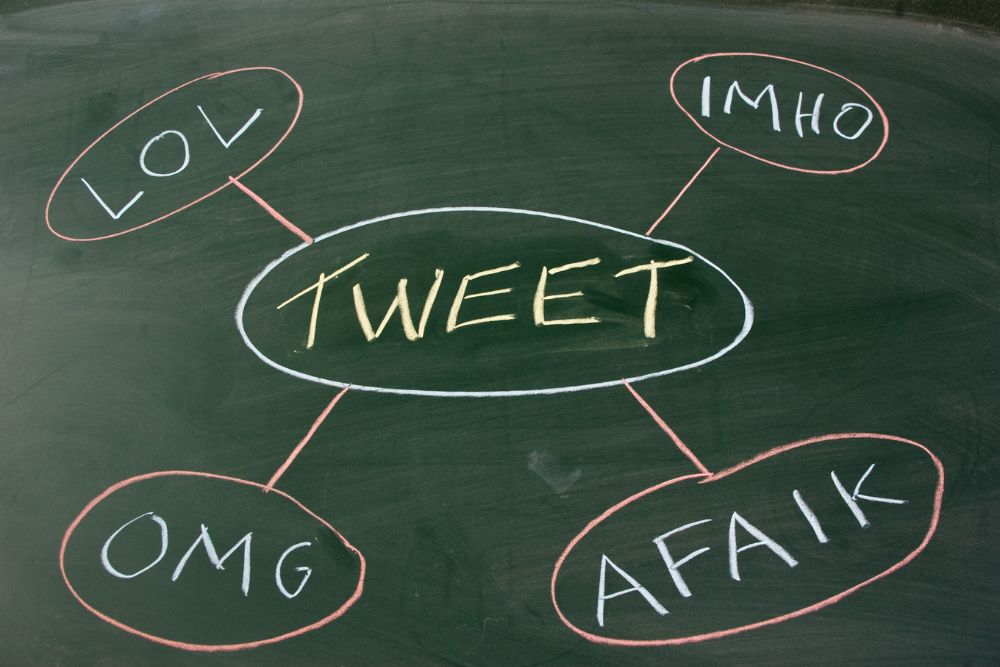
In 1992, British software architect Neil Papworth fired off the first message to ever be transmitted via SMS (short message service) – a pithy “Merry Christmas” to colleague Richard Jarvis, inadvertently transforming the way we use our mobile phones forever with the invention of text messaging or texting as it is now commonly known.
It’s been more than 30 years since that frosty December night, and the landscape of virtual text communication has shifted considerably.
For one, we’re no longer limited by the number of text messages we can send per month. No more keeping track of how many messages you’ve sent before the next billing cycle, just as long as you’ve loaded up WhatsApp, Telegram, WeChat, Line, Discord, Facebook Messenger, QQ or any of the other messaging apps now available on the market.
Nor are we tied down to 160 characters per text message – or, for that matter, keyboard characters themselves. When was the last time you sent a :) instead of a 😊? Do you even send emojis anymore, or have you replaced them with stickers – essentially larger, customisable emoticons – or gifs, which are animated images?
Does that all sound like Greek to you, or vaguely familiar?
Advertisement
Decoding texting across generations

That’s understandable. Text messaging tech has evolved at a staggering pace, and the cultural zeitgeist along with it, each successive generation developing its own set of differences – sometimes subtle, but often decidedly apparent – in how they navigate the space.
These norms don’t often translate well between generations, leading to friction in family chat groups and the workplace that only increases as the age gap widens. But it is possible to communicate better – as long as we’re willing to learn how to speak each other’s language.
Non-verbal cues replaced with textual clues

A good deal of the chagrin that results from the text messaging generation gap stems from the medium itself – text messages, by their nature, lack non-verbal cues like body language and tone.
This means that we lose a huge portion of meaning when we communicate via text message. A figure popularised by body language researcher Albert Mehrabian is 7-38-55, as in only 7% of communication is verbal, with 38% coming from voice and tone, and the remaining 55% from body language.
While he has since clarified that this formula cannot be applied in any context, it nevertheless illustrates how important non-verbal cues are for clear communication.
These signals are absent in text messaging, meaning we have no choice but to switch over to textual cues instead to infer, or convey, attitudes and personality traits.
This is where the problems begin.
OK Boomer - texting differences
Every generation has developed its own set of unwritten texting axioms. There are fuzzy rules around capitalisation, punctuation, spelling, acronyms, word choice, and emoji use, depending on when you first got your hands on a mobile phone.
In general, baby boomers stick most strongly to the conventional rules of English. This is because their imagined audience is “their grade-school English teacher”, says linguist Gretchen McCulloch, author of Because Internet: Understanding the New Rules of Language.
Millennials and Gen Z-ers, on the other hand, adopt a more conversational tone as they imagine speaking to someone else, she adds.
Here are some examples of how it plays out in practice.
In everyday language, the full stop is used to denote the end of a sentence. Simple enough. But use it at the end of a text, and it can be construed as passive-aggressive by younger readers.
In fact, don’t use the ellipsis (three dots indicating a pause) for that same reason… even though baby boomers consider it a perfectly normal punctuation mark to space out their thoughts…
On the other hand, don’t go overboard with brevity either. It might be considered brusque. OK?

You can use an exclamation mark to sound excited and make the message less terse – unless you’re speaking to someone older, who might read it to mean shouting.
Emojis are also a possibility – as long as you’re aware that different generations also interpret these bijou icons differently (Gen Z-ers tend to use it ironically, rather than literally as the older generation does).
To keep things simple, you could add “haha” to convey warmth and friendliness – though that can backfire too, since it could signal that you’re actually tickled by a message, as evidenced by this example from the askSingapore community on Reddit.

In that scenario, the younger person’s use of “haha” in reply to a WhatsApp text from an older colleague was construed as rude and unprofessional.
These are situations that I’ve experienced as a millennial on the younger end of the spectrum, both in terms of speaking with silver interviewees and navigating the post-Covid workplace.
Case in point: I’ve apologised profusely to some seniors when I was unable to respond to a phone call on time, mistaking their clipped “Call me back.” as a sign of annoyance.

When I was working from home at a previous job, I inadvertently switched tones when talking to a supervisor when they contacted me on WhatsApp instead of the usual work channels – and was eventually chided for it.
Texting (and in fact, all communication) is a two-way street
These encounters are reminders that communication – of which, text messaging is a part of – is a tricky business. It’s a constantly evolving two-way street with layer upon layer of nuance.
The fact that successive generations communicate differently compared to their elders is no surprise. In fact, it’s built into our psyche, as a way of identity formation during our teenage years.
With the days, months and years chugging along too, it’s only natural that youngsters and older folk find it difficult to grasp each other’s era-specific cultural references too.
Should we even try, considering the only outcome of misread text messages is often a little intergenerational friction?

I don’t see why not. Seniors, to their credit, have adopted once-arcane abbreviations like LOL, TBH and ICYMI (laugh out loud, to be honest and in case you missed it, in case you’ve missed these) and many other trendy terms. It’s only fair that we young ‘uns do the same.
After all, learning how to understand another generation’s texting style is much like delving into the quirks of a different culture’s accent or dialect. You only stand to gain from communicating better with someone from another generation, as much as it might pain seniors to add an unnecessary “haha” every once in a while.
Or, we could always pick up the phone and call each other – though that’s a conversation for another day.








